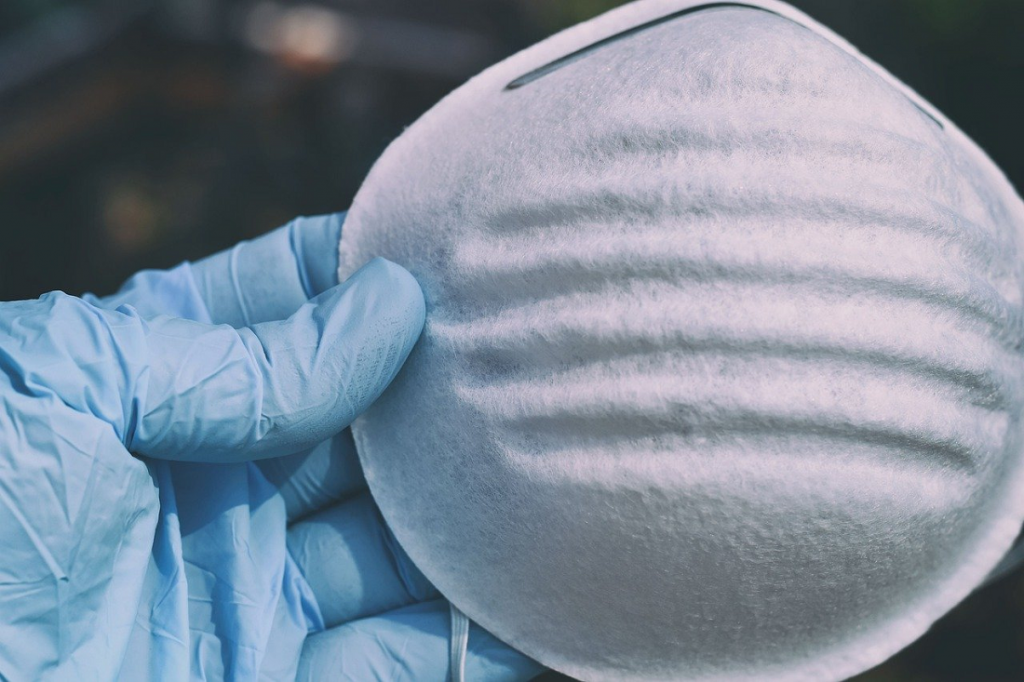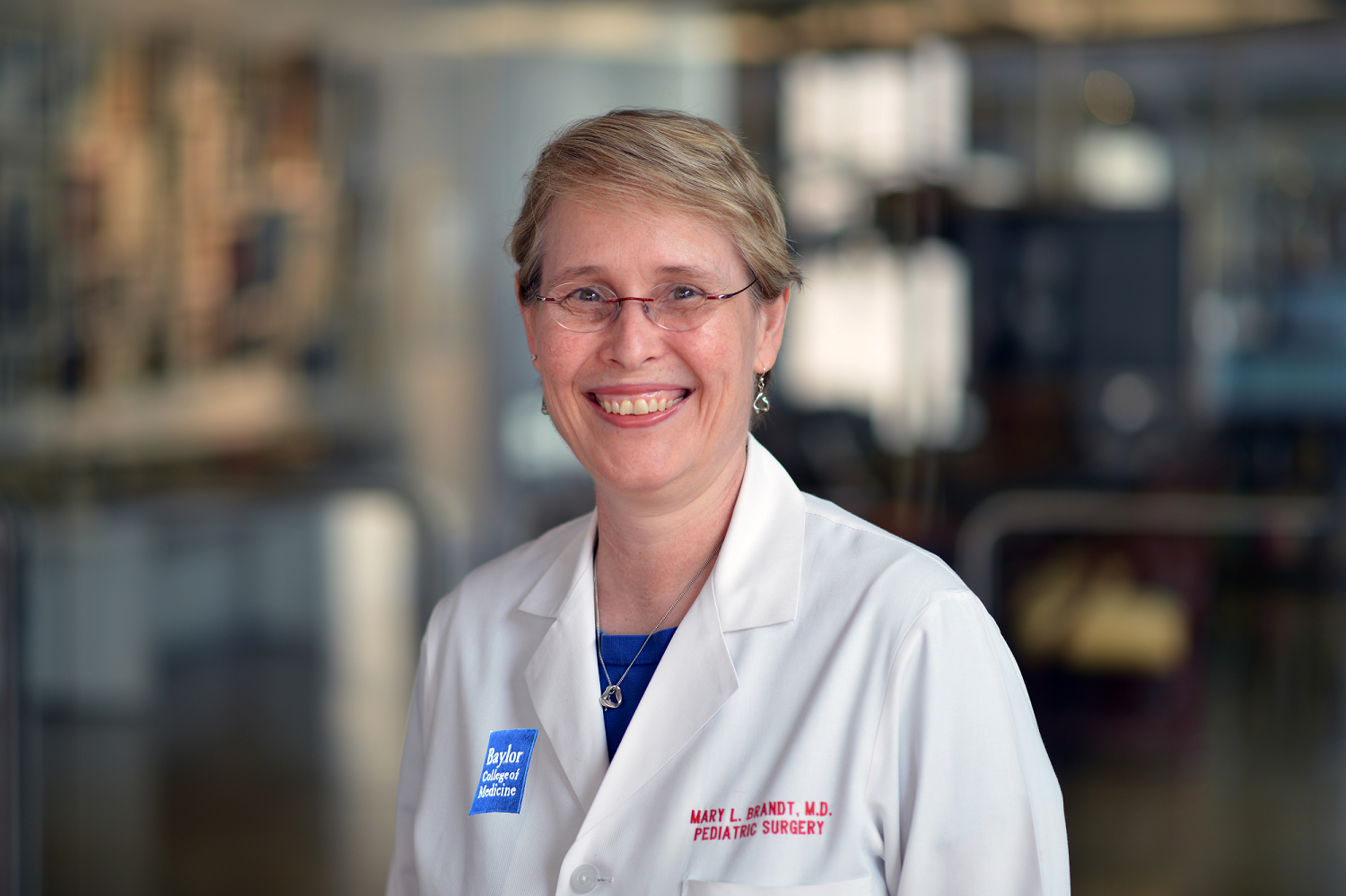Under the masks: Emergency medicine doctors reflect on COVID-19
They are physicians, mentors, partners, mothers, sisters, friends, colleagues – but most evidently now, they are heroes. I (virtually) sat down with five women physicians, at all points in their medical careers, who are working in several of the largest emergency departments (EDs) in Texas, to talk about their experiences with the COVID-19 pandemic.
What I thought I was going to walk away with was a better understanding of how the EDs were handling this pandemic. However, what I didn’t expect were stories of resilience.
One of the themes I heard from every physician was that the inevitable weakening of the patient connection is one of the hardest things about practicing during this pandemic.
Due to the six-foot rule and safety precautions now in place, doctors take patients’ history standing at the foot of the bed, do as little physical exam maneuvers as clinically necessary, and are unable to allow family members past the waiting room. But if anyone knows that medicine is a team sport, it’s emergency medicine physicians.
Keeping family involved and updated is something these doctors are not willing to sacrifice, so despite these physical challenges, they are finding a way. Whether through Facetime or calling the family/caregiver, or de-gowning and going into the waiting room to speak with them, they are still doing their best to make their patient care family centered.
Navigating ethical issues
Doctors are finding that on top of dealing with the medical symptoms of COVID, they also have social obstacles causing ethical dilemmas in the care of their patients specifically. The physicians I spoke with are practicing at county hospitals, meaning they are the primary caregivers for these large cities’ homeless, uninsured, undocumented, and underserved.
Discharging someone who is unable to self-isolate for the recommended 14 days is an ethical challenge. Even for many patients who do have a home to quarantine in, taking two weeks off work is not an option.
However, it’s important to remember that these challenges are not specific to this pandemic –and will not end with this pandemic. Systemic inequalities and disparities due to social determinants already existed in the medical system but are being especially highlighted by COVID.
COVID-19 and mental health
All aspects of life during COVID are interconnected – medical, social, financial, and psychological. We have all been feeling the effects of social isolation, uncertainty, fear of infection, losing loved ones, the abundant media coverage, and so on. Combine this with the lack of access to mental health services in these underserved communities, and the psychological impact is amplified even more.
Each physician noted that they have seen an increase in patients visiting the ED with psychiatric symptoms – anxiety and panic attacks in particular. EDs are also seeing increased rates of chronic psychiatric illnesses like dementia, bipolar disorder, and schizophrenia, due to issues accessing care or paying for medications.
It was obvious before the pandemic that America has a mental health crisis on our hands, and this fire is only fueled by COVID-19.
Impact on healthcare workers
One cannot talk about mental health during the pandemic without mentioning the sector of society that is perhaps experiencing the most trauma – our healthcare workers.
One of the residents I spoke with said that the death of Dr. Lorna Breen, an EM physician in New York who tragically died by suicide in April, was a “wake-up call.” Physicians die by suicide at twice the rate of the general population, with women physicians being at an even higher risk than men physicians.
Residency is an infamously challenging time in the career of a physician, even without a global pandemic occurring. They are workers who went from “student” to “doctor”— and they are now being thrust onto the front lines of the largest health crisis in over 100 years.
A woman who is two years into her residency said: “There were times before going to work that I sat in my car terrified, on the verge of crying. I was scared for my life; I was scared for anybody around me.”
However, she also described bonding with her colleagues about these shared emotional experiences and felt supported by the attendings at her hospital as well.
Two of the women I spoke with are mothers of young children. One of them who has two daughters said: “It’s hard to not hug them when you first walk in the door before you shower, especially when they are super excited that you’re home – but it’s the new normal, so you get used to it and it becomes just another day.”
Another mother and physician talked about the obstacle she has with keeping her elementary school-aged children focused on their class Zoom meetings while she and her husband, who is also a physician, continue to go in to work. Like many people across America, their home lives look quite different than they did at the beginning of this year – but they cannot let it affect their work lives.
New ways to learn
After the few hours I spent talking with these women, it was evident that flexibility is key. New information is coming out daily, protocols are updated and changed every few hours, and these doctors must be in the know and adapt. One of the physicians I interviewed serves as an educator for the ultrasound fellowship at her hospital, and their program was able to obtain ultrasound probes that can attach to a cell phone for their fellows during this pandemic. Now, these learners can perform scans on themselves or family members at home and send those to professors to continue their practice and education.
The pandemic has also affected learning materials in medical education. In residency, you learn from your patients. One resident I spoke with mentioned that this pandemic has affected her educational experience in that she has learned much more about acute resuscitation of emergently decompensating patients. They have seen more high-acuity patients than normal due to COVID.
As an ED physician, these are skills that are essential to build in your residency, and it is safe to say that they are training a new generation of experts in emergent situations.
To say I am inspired by these women is an understatement. As one physician put it, “We have stuff that we have to deal with on a daily basis – like seeing people die without any family members there – and then be able to go home to our families and act like it is business as usual.”
When it comes to medical specialties, emergency medicine physicians have always been the definition of the “front line.” They are classically the first physician to see or touch a sick patient. There is no doubt that the highest risk of exposure to COVID is placed on emergency medicine staff. The resiliency that has been shown by these physicians is undeniable.
As one physician I had the privilege of speaking with told me, “You are often helping someone on the worst day of their life. It’s scary, but at the end of the day, it is what you signed up for when you went to medical school, and when you chose emergency medicine. I would never want to do anything else in my life.”
These are the doctors under the masks and personal protective equipment.
-By Rachel MacAskill, second-year medical student at Baylor College of Medicine




